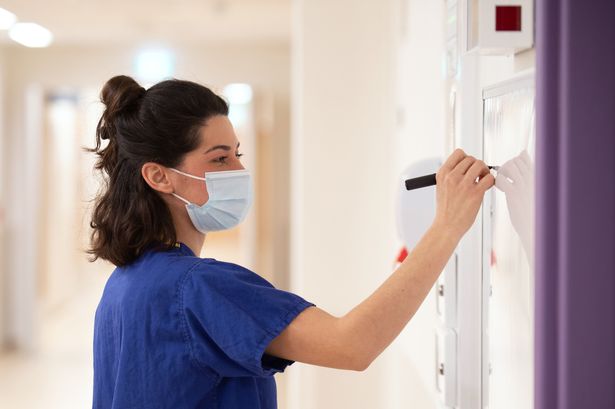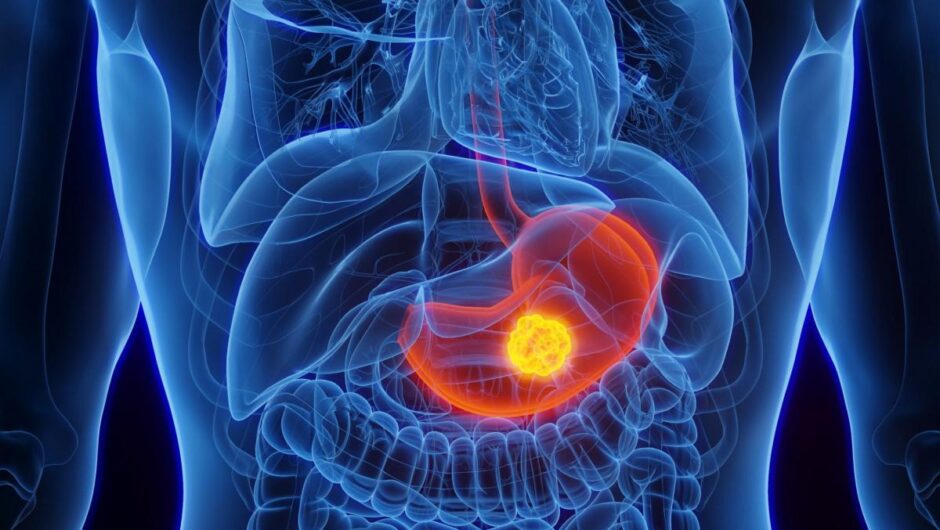[ad_1]
On Thursday the Welsh Government will conduct the next review of the lockdown restriction in Wales.
Though there is unlikely to be a huge announcement as much of the next month has already been announced, the Welsh Government is expected to give a clearer timetable of the future easing of restrictions including more clarity for hospitality ahead of an end of April reopening outdoors.
First Minister Mark Drakeford has consistently said they are following the science regarding relaxing the lockdown rules and will be using the data to inform their decisions.
WalesOnline has gone through the main indicators the Welsh Government use to make their decision to see what the data shows.
Please note that the R rate is not included because cases are low enough now that the R rate is too volatile to make informed policy decisions.
Cases per 100,000
This is the big one.
The amount of cases based on 100,000 of population has been the key measurement since the start of the crisis.
It has been used to determine when to go into a firebreak, when to impose local lockdowns and what restrictions can be lifted.
The weekly infection rate for every 100,000 people in Wales is now down to 38.1. This is far, far lower than in January but it is still quite high. When you consider that local lockdowns were being imposed on parts of Wales as they reached 25 cases back in September the First Minister is likely to still be hesitant.
The Welsh Government will also look at the local area data that you can view here as well as the figures based on age groups.
Positivity
Positivity rate (the percentage of tests carried out that come back positive, is a key indicator of wider community transmission.
Before they removed all indicators from their coronavirus control plan, this stat was a key decider in whether Wales moved through the tiers.
Wales positivity rate has dropped below 3% for the first time in recent days, to 2.8% today, which is as low as it has been since September last year.
Deaths
Though the daily deaths is a heartbreaking stat that reminds us of the real cost of the virus, it is not one of the most important when it comes to lifting restrictions.
This is because it lags almost a month behind a rise in cases.
This graph shows the amount of Covid-19 deaths in Wales:
The amount of deaths are now down to really low levels with several days with no Covid deaths in recent weeks.
The number of people being taken into hospital with coronavirus
The number of people being admitted to hospital with confirmed or suspected coronavirus is now lower than it has been at any point in the pandemic.
In the last week, an average of 26 people a day are being admitted to hospital with confirmed or suspected Covid. This is lower than the rate reached at an average of 44 people a day before the second wave began in August last year.
However, because of the length of time people with Covid have been spending in hospital, the total number of people in hospital beds with the virus has not yet fallen as low as it did in the summer.
As if March 25 there were 675 people in Welsh hospitals with Covid-19. This includes suspected, confirmed and recovering patients.
Though hugely reduced from the high of 2,879 we saw on January 12 this is still substantially higher than the low of 213 of September 13.
Intensive care capacity
This will be another key metric.
In Wales and the wider UK we have very low capacity when it comes to critical care beds compared to many comparable countries.
This means that as cases spike we don’t have a lot of headroom in terms of absorbing the amount of people who need intensive care. The issue is not just a matter of beds, it is also an issue around staffing. The ratio of nurses to patient in ICU should be 1:1, it is a highly skilled role and you can’t simply hire more nurses at a moments notice.
At the moment Wales’ intensive care wards contain very few Covid patients.
As of March 28, there were just 17 coronavirus patients in intensive care beds in Wales.
However last summer, it reached a point where there were no confirmed coronavirus patients in ICU beds in Wales.
At the peak of the second wave, Wales had dramatically outstripped its normal intensive care capacity of around 150 ICU beds and was using additional beds it did not have enough fully trained intensive care nurses to properly staff. At one point in January, of the 231 beds occupied, 146 were Covid patients.
NHS staffing
The overwhelming purpose of Covid restrictions is to stop the health service getting overwhelmed.
Hospital admissions are not the only factor in this, it is also the amount of staff available to treat those who contract the virus.
As you can see from the graph, in the first wave 7.5% of Welsh NHS staff were either sick or self isolating during the first wave.
The amount of NHS staff off with Covid is now down to the lowest point since the autumn. This will be down to cases being far lower but also, according to Mark Drakeford, because the impact of the vaccine rollout are starting to stake effect.
Calls to 111
This metric is not as important as many others but is still an indicator.
The graph below shows the calls to 111 over the last year:
The spikes you can see every seven days reflect a jump in calls every weekend. As you can see calls are significantly lower now than during the two peaks.
This list is not exhaustive
The Welsh Government will also be drawing on a range of other data including what is happening in England and further afield, the affect of vaccines and compliance.
[ad_2]
Source link



